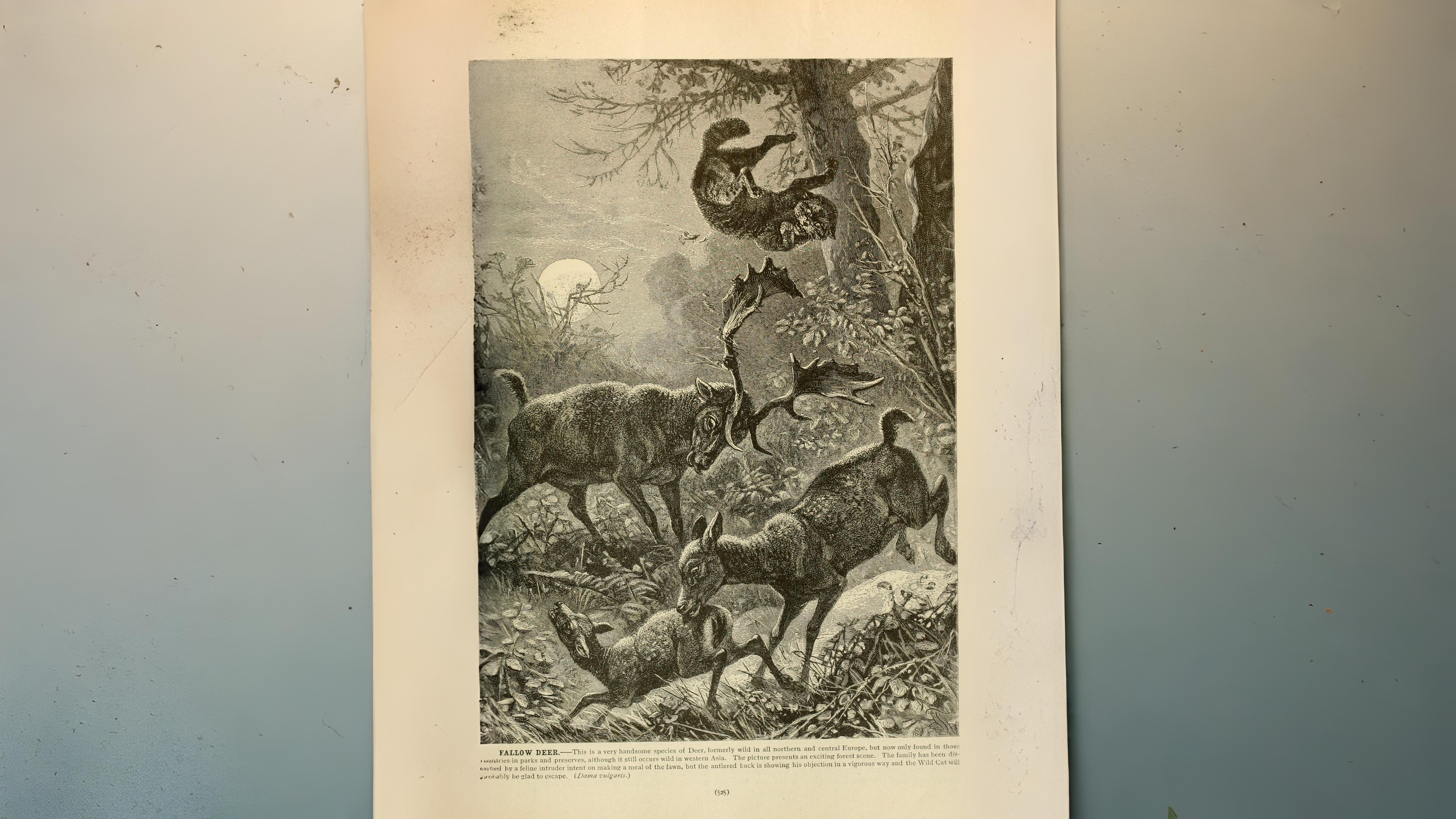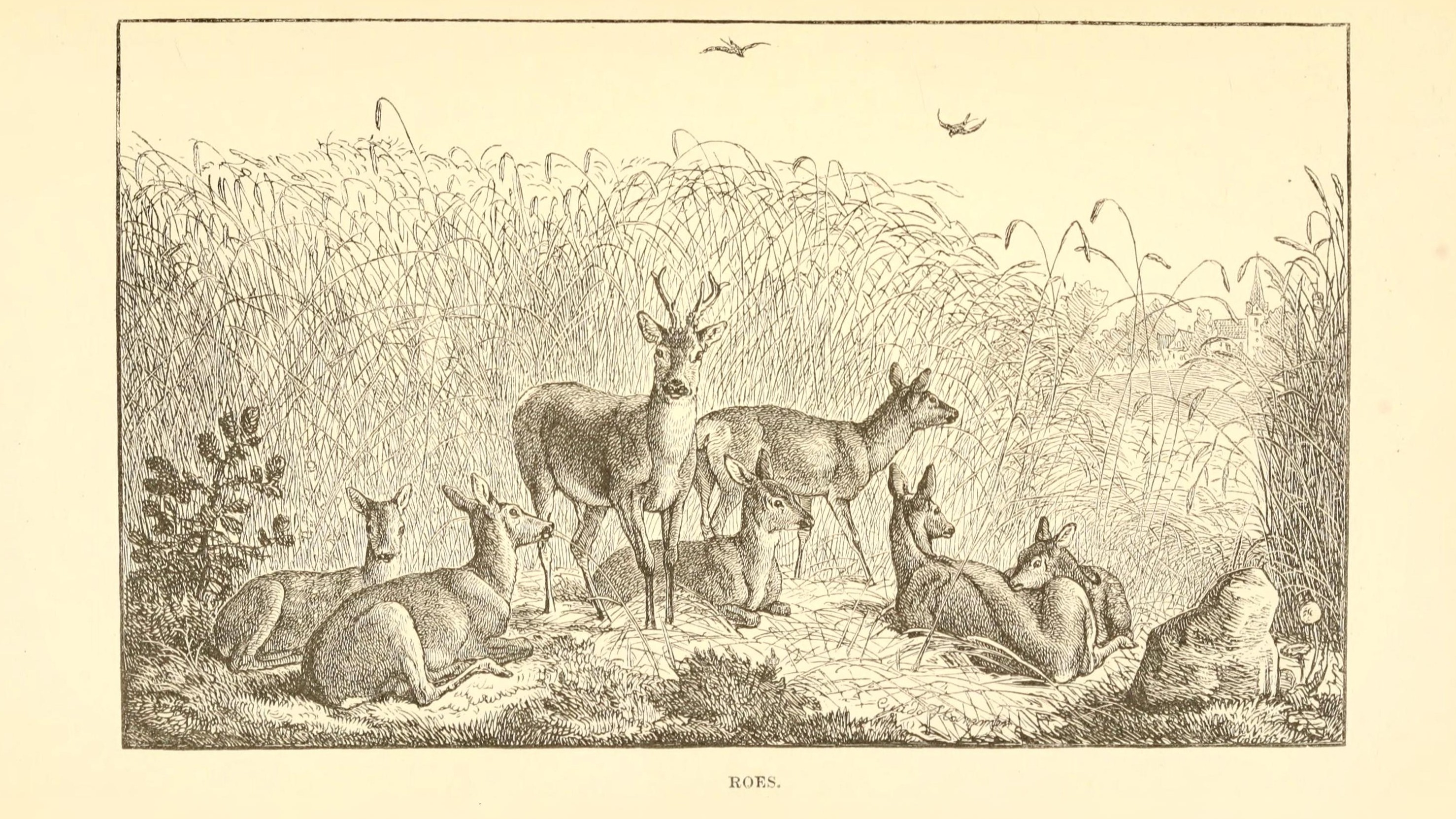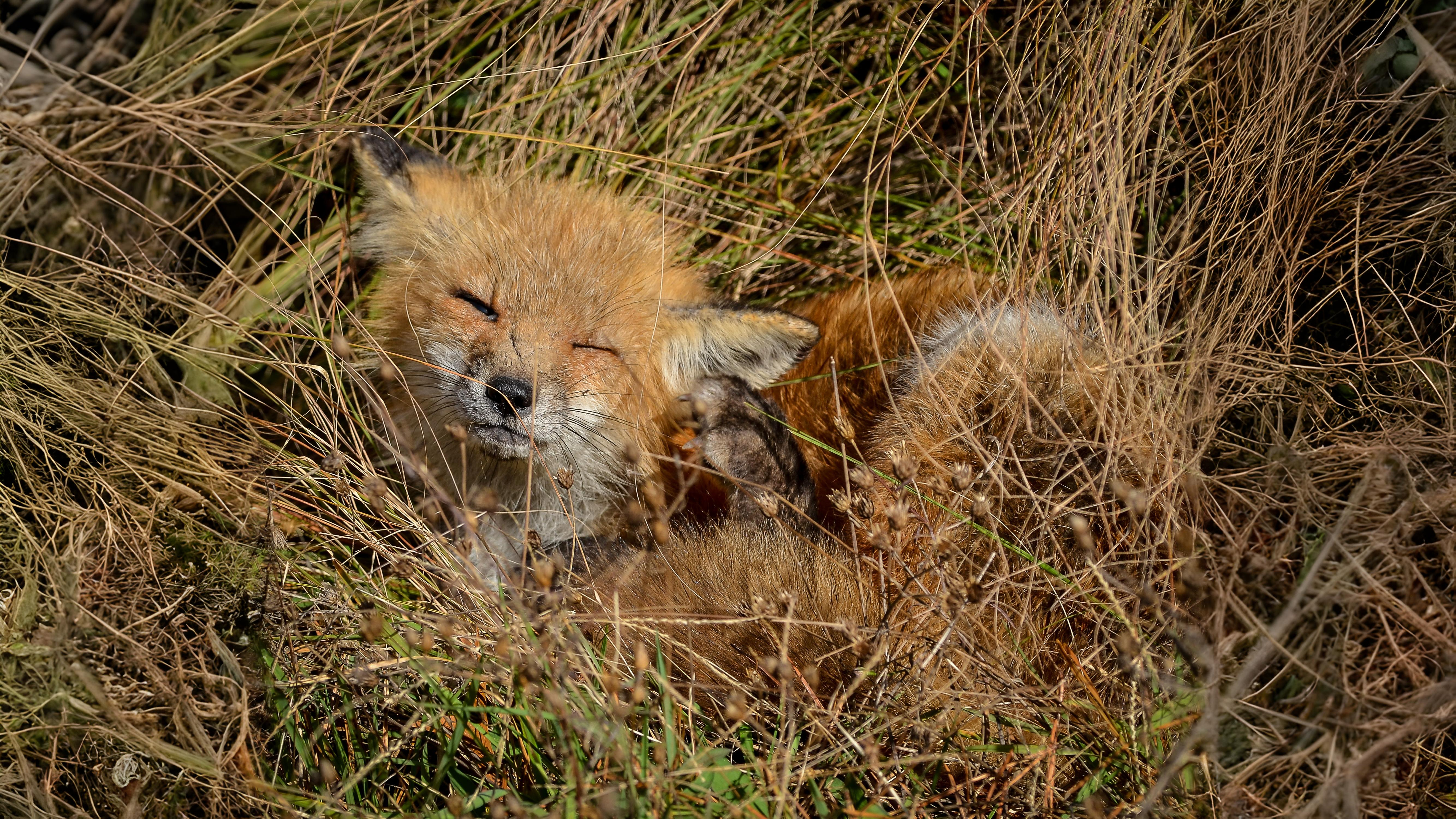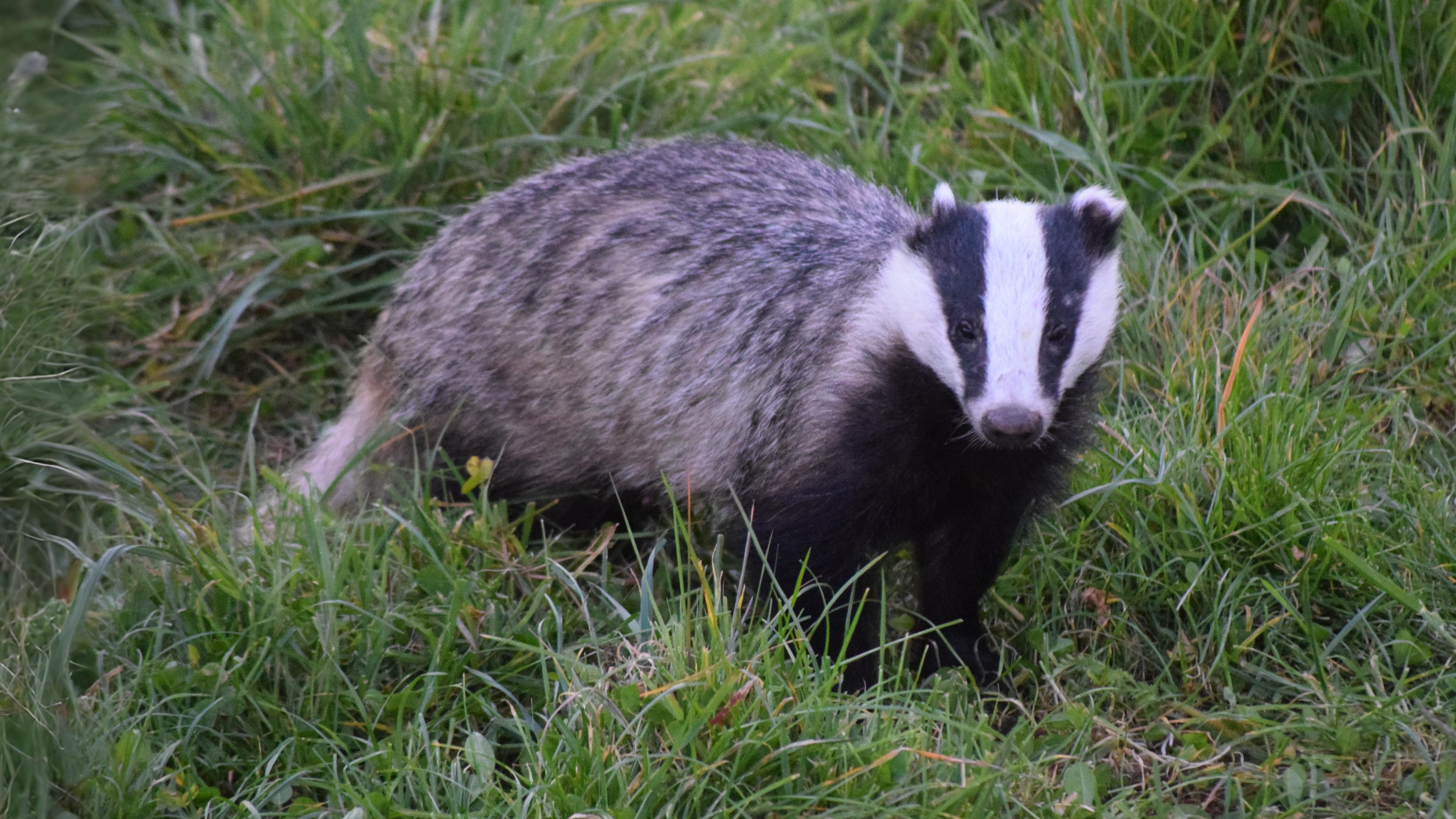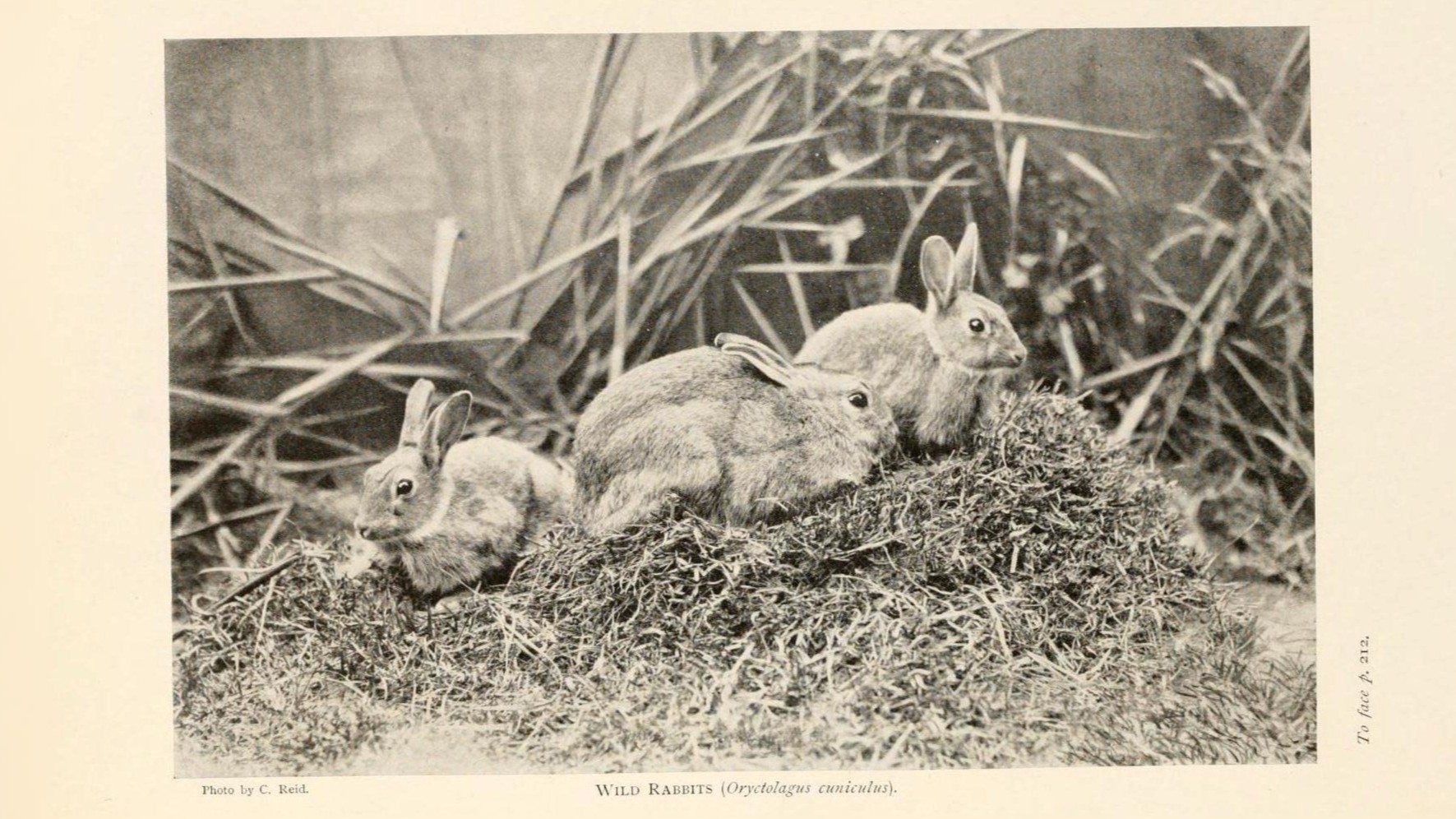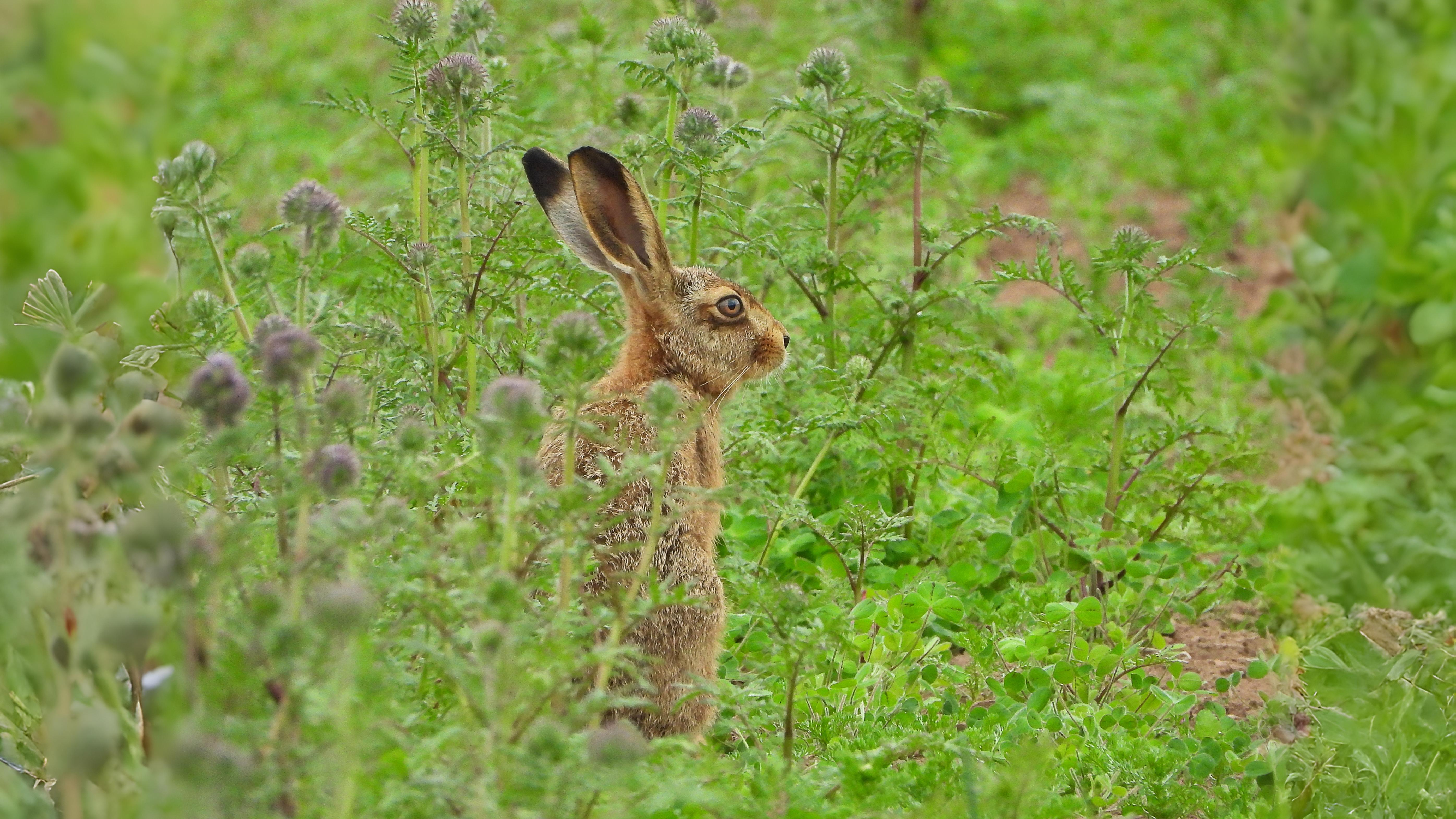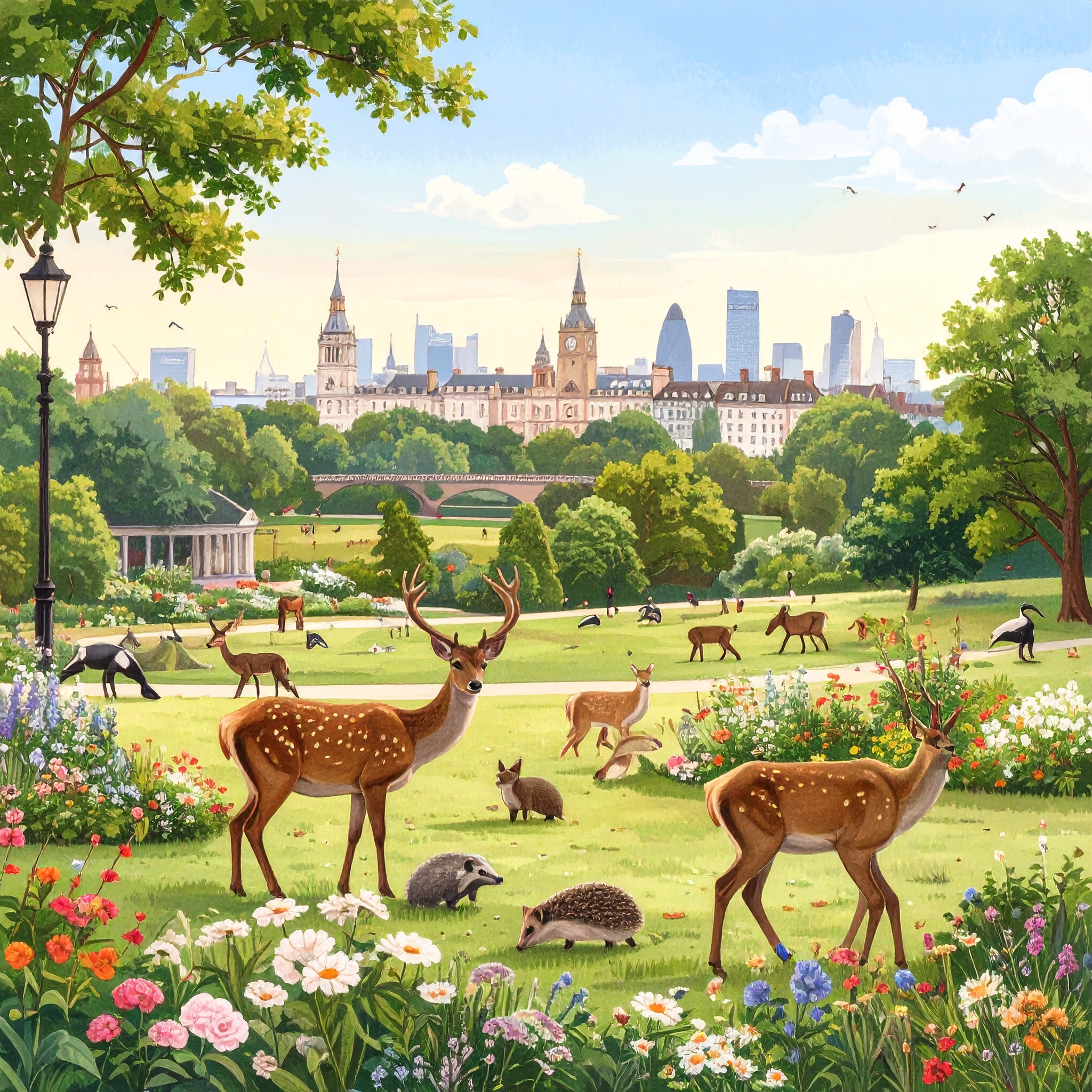
🦊 Return on 18 July to discover the secret lives of London’s mammals — from the drama of deer rutting rings in Richmond Park to the quiet rustle of hedgehogs in Bushy Park. It’s a fleeting moment of abundance and activity, not to be missed.
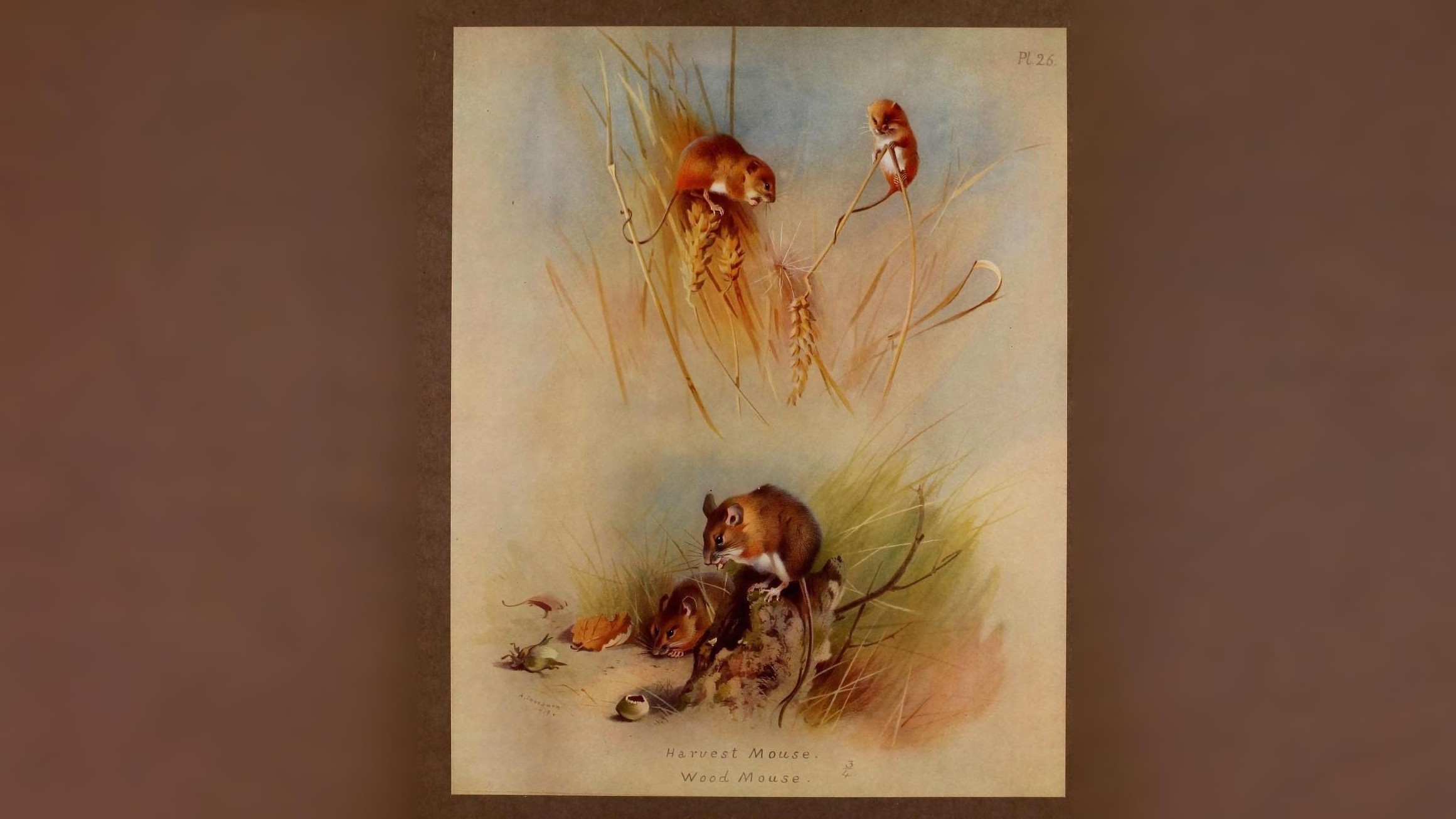

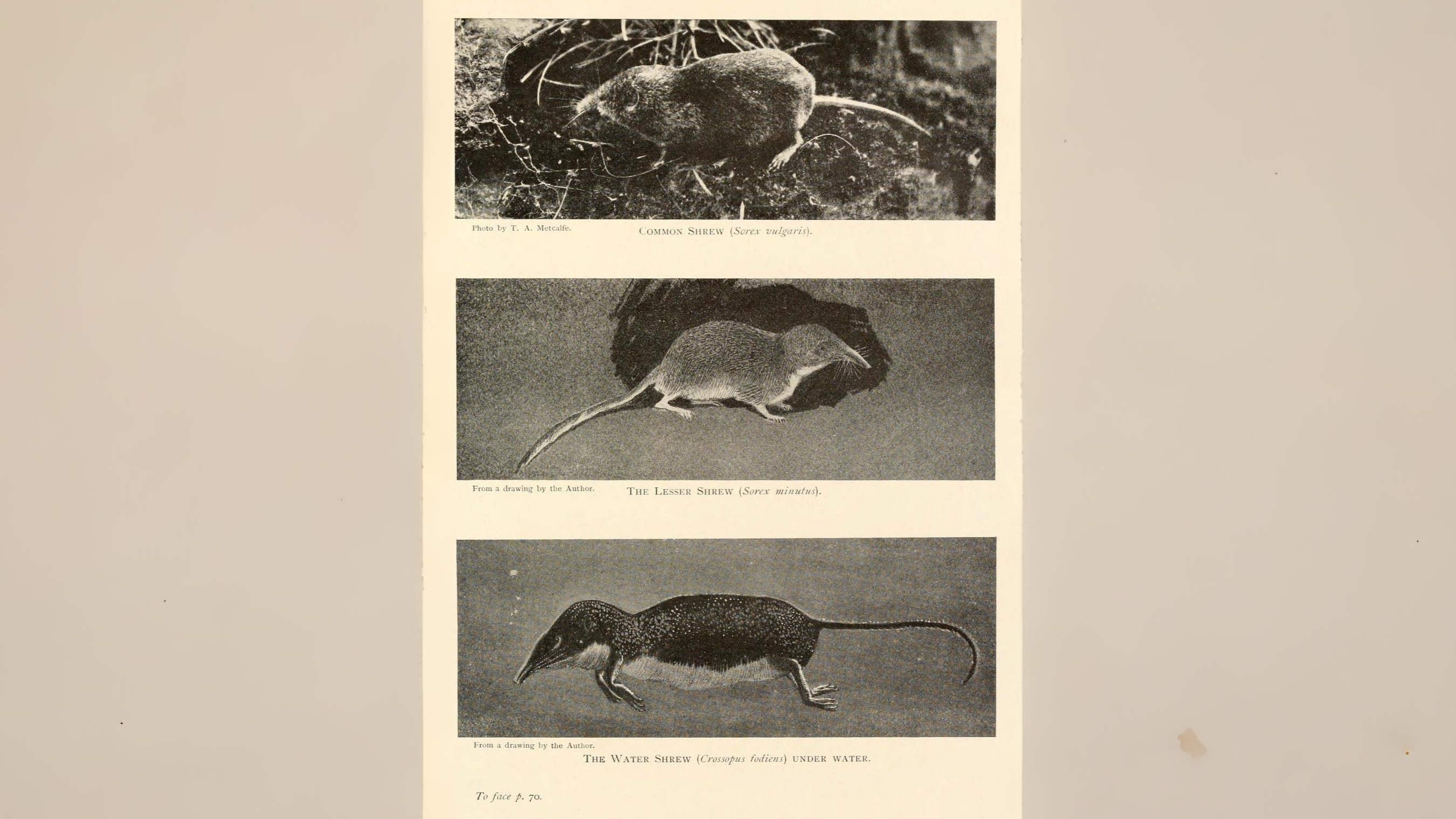

Fallow deer fawns are also now being born. In this case they have a summer coat which makes them for more difficult to spot. There is some faint mewing between the does and fawns, with the occasional bark from the doe. She also soon joins an all doe herd for more protection as there are no mixed herds in July. The antlers of the fallow deer bucks are now in full velvet.
